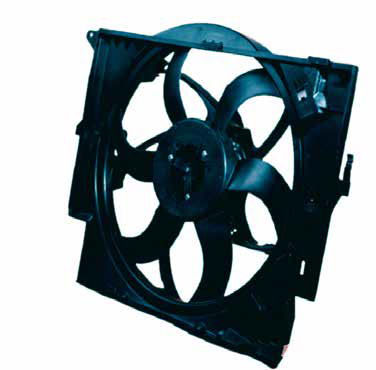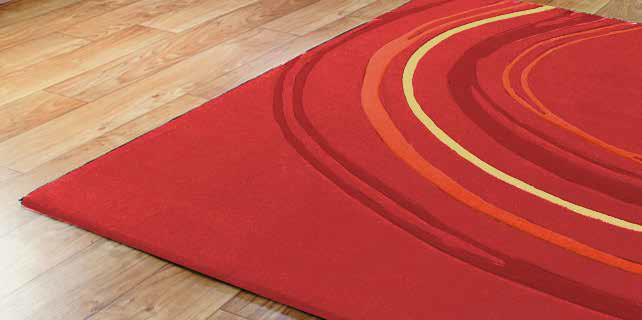Cooling fan module road test simulation
For engine cooling, Johnson Electric offers smart Cooling Fan Modules (CFM) with best in class efficiency and power density
Newsletter EnginSoft Year 14 n°3
By Alberto Ballestra | Johnson Electric


Johnson Electric is world leader in motion subsystems market. Actuators, motors, switches, solenoids, flexible circuits and CFM are some of the wide range of custom product developed projects. The industries served include Automotive, Building Automation, Home Technologies, Medical Devices, Power Tools and Lawn & Garden. For engine cooling, Johnson Electric offers smart Cooling Fan Modules (CFM) with best in class efficiency and power density.
CFMs are composed by a brushless motor driven electro-fan with a support frame (shroud) mounted in front of the radiator. CFMs are subjected to high structural tests according to internal and customer requirements (Vibration test, Yaw test, Endurance etc.); the road test represents an important step in the product validation. Read the articleCASE STUDY
Read the fascinating articles on the vast subject of structural engineering, beginning with a philosophical bent and arguing for the necessity of a skillful and artful intertwining of Engineering, Numerical Simulation, Art and Technology to achieve structures that are both eminently functional yet attractive and appealing.
civil-engineering

CASE STUDY
This article describes how EnginSoft applied a Computational Fluid Dynamics (CFD) analysis, on behalf of Whirlpool EMEA, to simulate three different geometrical design modifications to the vacuum cleaner head to improve on a baseline performance that was modelled first.
appliances cfd ansys